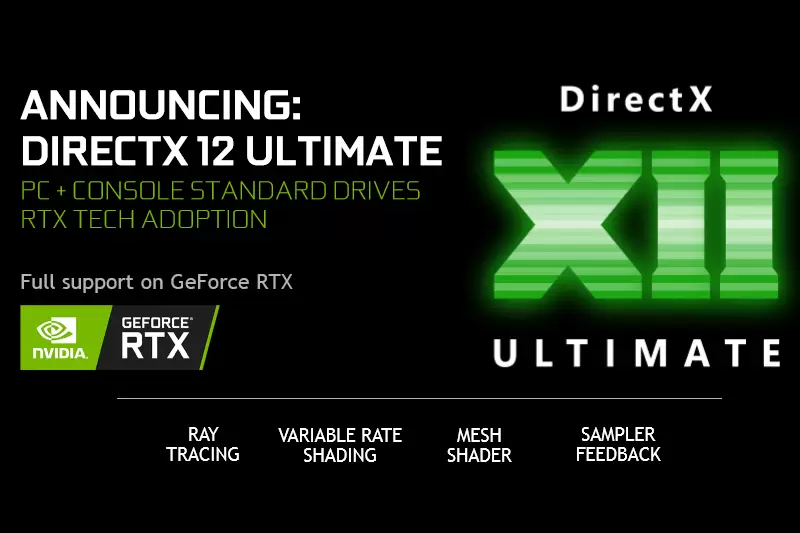On March 30, Microsoft announced an update to their DirectX 12, specifically to the Agility SDK that was released to developers to develop two features provided in this update.
These two features, if implemented well, may provide a significant gaming performance improvement for some cases. What are these updates? Keep reading the following article.
New DirectX 12 Update Allows CPU and GPU to Access VRAM Simultaneously with Agility SDK
As mentioned earlier, Microsoft introduced two new DX12 APIs to developers in the Agility SDK version 1.710.0 (preview) that allow the CPU and GPU to access VRAM simultaneously. The two features, called GPU upload heaps and non-normalized sampling, are designed to significantly improve gaming performance in some cases.
This update provides VRAM access to the CPU and allows it to be used simultaneously with the GPU. In practice, this means that data that needs to be processed by the CPU no longer needs to go through various pipeline stages, which is expected to improve gaming performance.
With VRAM managed by Windows, the need to copy from the CPU to the GPU is eliminated, which can boost performance. The GPU upload heaps feature can work for both iGPU and dedicated GPUs. If using a dedicated graphics card, you need to enable the Resizable BAR option via BIOS. Meanwhile, no BIOS settings are required for iGPU since this type of graphics card uses unified memory or shared system memory.
Almost All Graphics Card Vendors Are Ready to Implement
Microsoft also mentioned that two out of the three major graphics card vendors are already fully prepared to adopt this feature. NVIDIA’s vendor has already made it available through the latest Game Ready Driver and Studio Driver versions (v531.41) on Ampere architecture graphics cards and above. Meanwhile, Intel itself has made it available through the Intel ARC Driver and Iris Xe Graphics Driver v31.0.101.4255. As for AMD vendors, they need to contact the AMD alliance manager to get faster access to the latest DirectX 12 Agility API.
This feature is still very new and has not yet shown its real impact on gaming. Developers still have to try out whether this feature can really produce improvements and whether it is worth implementing.

